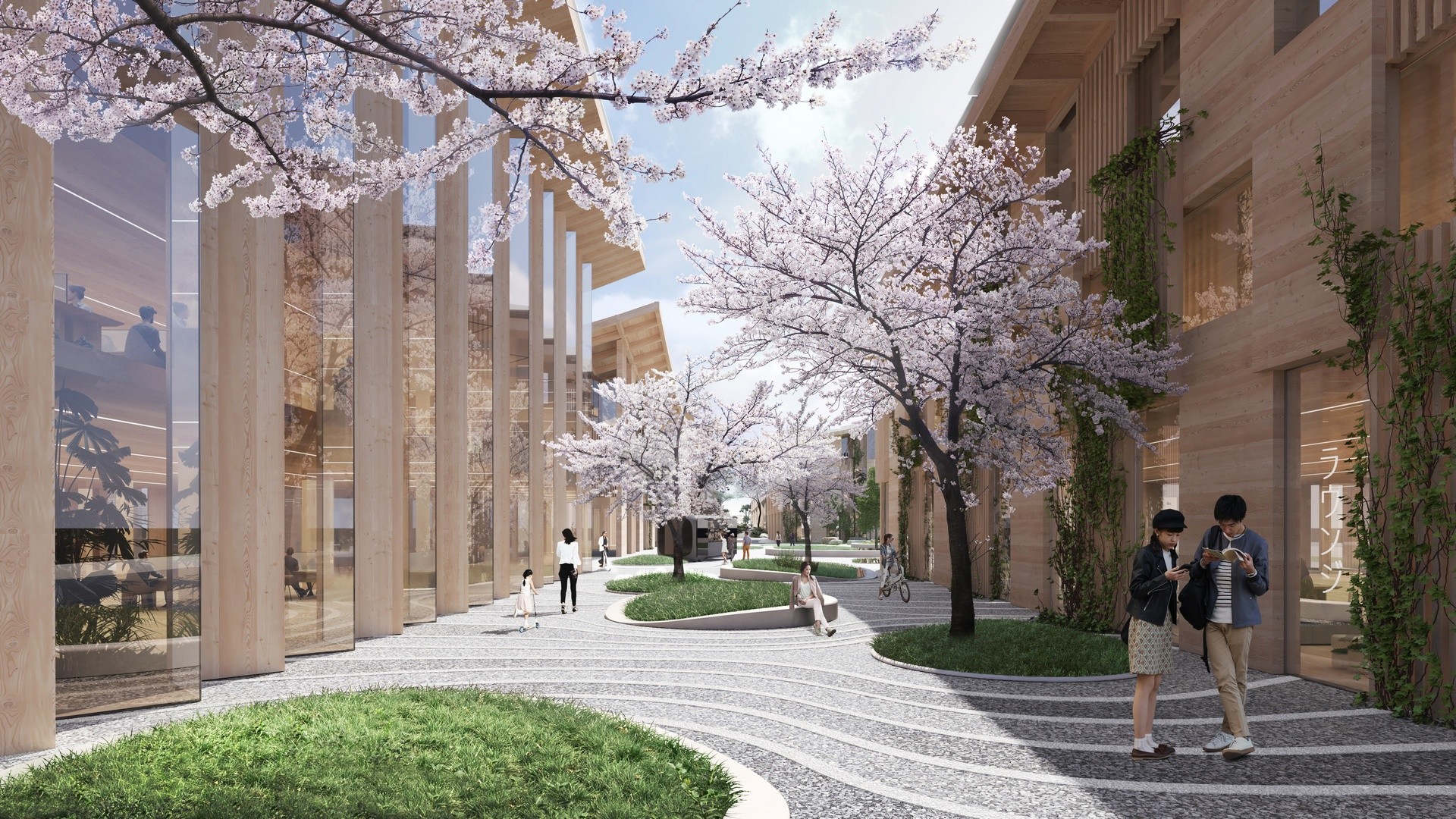In response to changing demographics and the challenges posed by an increase in urban concentration, governments must find new ways to ensure long-term social and economic stability. Here to speak with us about the shift away from focus that is purely on material growth, and towards an emphasis on sustainability and well-being, is Takehiko Nagumo. Mr. Nagumo is Director of the Smart City Institute in Japan and developed the Livable Well-Being City Indicator.

AI as an Agent of Change: Reimagining Cities Through Mayor-Led Innovation
Enabling Technologies




















































